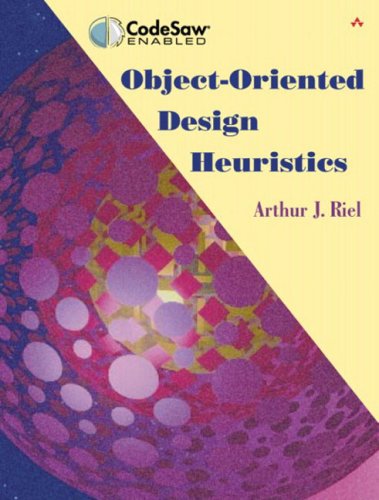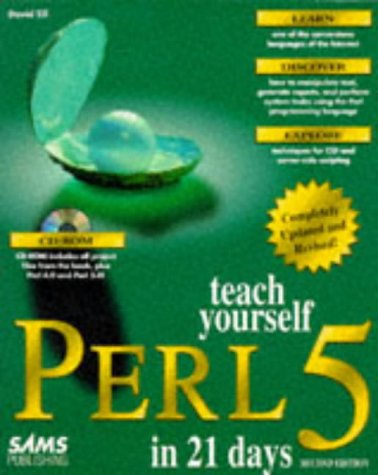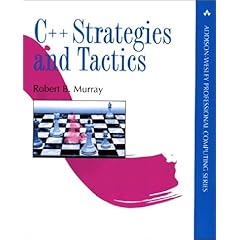Sams Teach Yourself Django in 24 Hours

Product Description
In just 24 lessons of one hour or less, you will be able to build full-featured production websites using Django, the powerful web development framework based on Python.
Designed for experienced website developers who have at least some familiarity with the Python programming language, this book uses a straightforward, step-by-step approach. Each lesson builds on the previous ones, enabling you to learn the essentials of implementing the Django framework on a website from the ground up.
Step-by-step instructions carefully walk you through the most common Django tasks.
Q&As, quizzes, and exercises at the end of each lesson help you test your knowledge.
Notes and tips point out shortcuts and solutions.
Learn how to…
* Install and configure the Django web development framework
* Cleanly separate data, logic, and view layers
* Implement site interfaces with build templates and views
* Utilize templates and views to store, access, and retrieve data
* Use the Django forms library
* Define custom tags and filters to minimize coding
* Secure sites with registration, authorization, logins, and permissions
* Manage sessions and cookies
* Implement middleware for request and response handling
* Create sitemaps to inform search engines of your content
* Internationalize your site
* Optimize performance with caching
* Deploy Django in multiple configurations
* Maintain sites with Django’s administrator interface
Introduction 1
Part I: Creating the Website Framework
Hour 1: Understanding Django 7
Hour 2: Creating Your First Website 19
Hour 3: Adding Models and Objects to Your Website 37
Hour 4: Creating the Initial Views 63
Part II: Implementing the Website Interface
Hour 5: Using Data from the Database in Views 81
Hour 6: Configuring Web Page Views 103
Hour 7: Implementing Django Templates to Create Custom Views 117
Hour 8: Using Built-in Template Tags to Enhance Views 139
Hour 9: Using Built-in Template Filters to Enhance Views 155
Hour 10: Adding Forms to Views 185
Hour 11: Using Views to Add and Update Data in the Database 209
Hour 12: Utilizing Generic Views 231
Hour 13: Advanced View Configurations 269
Part III: Implementing a Full-Featured Website
Hour 14: Managing Site Users 295
Hour 15: Adding Website Security 313
Hour 16: Managing Sessions and Cookies 333
Hour 17: Customizing Models in the Admin Interface 347
Hour 18: Customizing the Admin Interface 365
Part IV: Implementing Advanced Website Components
Hour 19: Implementing Middleware 383
Hour 20: Internationalization and Localization 407
Hour 21: Creating Sitemaps 423
Hour 22: Implementing Multiple Websites 437
Hour 23: Configuring Caching 451
Hour 24: Deploying Django 465
Appendixes
Appendix A: Django Resources 477
Appendix B: Django Form Field Objects 481
Appendix C: Formatting Dates and Times 491
Index 493
About the Author
Brad Dayley is a senior software engineer in Novell’s Product Development Group. He has 16 years of experience in designing, developing, and implementing software from the kernel level through web development. He is the author of several books on server and network management as well as programming languages. When he is not developing software or writing books, he can be found biking, hiking, and/or Jeeping somewhere in the remote regions of the western United States with his wife, DaNae, and four sons.
Download Link 1Download Link 2Download Link 3






































